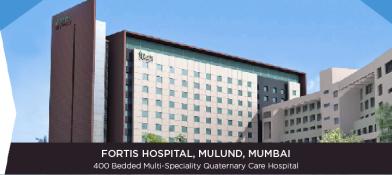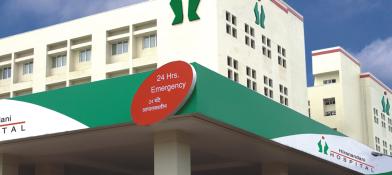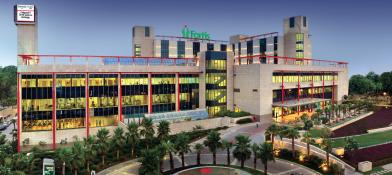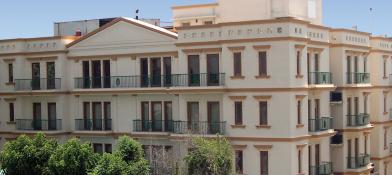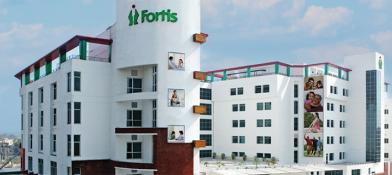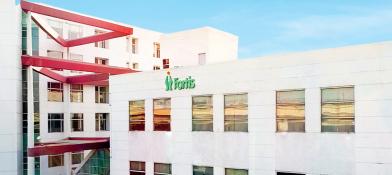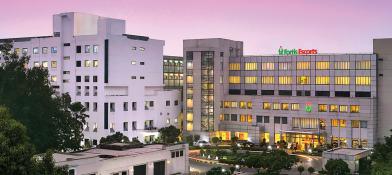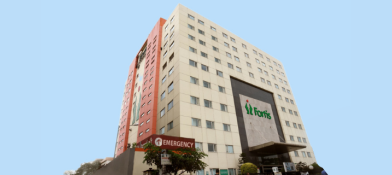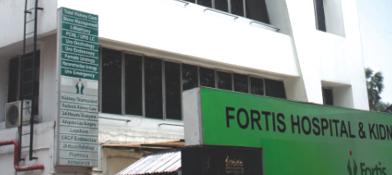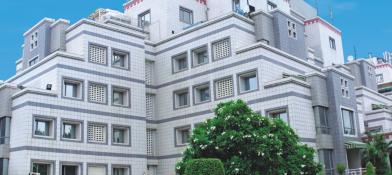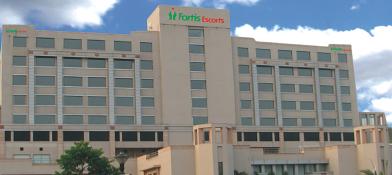LASIK eye surgery
Overview
LASIK is a common laser-assisted surgical procedure of the eye to correct refractive error. It is a popular surgery for the eye done to correct vision problems. With advanced techniques and equipment, LASIK remains an efficient, predictable, and safe alternative to wearing glasses or eye lenses.
Keratomileusis is a term used for corneal reshaping. The refractive power of the eye is mainly due to the cornea. LASIK surgery alters the refractive power of the cornea. With advances in laser developments, a corneal flap can be created without a mechanical blade and replaced without sutures.
Technique
LASIK uses a particular type of LASER light to alter the shape of the cornea. The cornea is a dome-shaped clear tissue in the front part of the eye. Normal vision involves the cornea bending or refracting light precisely onto the retina on the back of the eye. In eye disorders like near or far-sightedness and astigmatism, this bending or refraction does not happen correctly, leading to blurred vision. This blurred vision can be corrected by lenses or lenses or by reshaping the cornea using LASIK.
Indications:
LASIK is indicated for individuals with near-sightedness and farsightedness, and it is also used to correct astigmatism. It is the most recommended procedure for correcting refractive errors like near-/far-sightedness and astigmatism. The various laser techniques used reshape the cornea, thus improving the vision. The use of LASIK depends on multiple factors like the type and severity of the vision error, condition of the eyes, age, and presence of any systemic conditions.
Contraindications
There are specific absolute contraindications and some relative contraindications for LASIK. The absolute contraindications include conditions like:
- Refractive instability where vision is constantly changing.
- Corneal ectasia where there is too thin cornea.
- Keratoconus, which is a condition with a cone-shaped cornea.
- Uncontrolled systemic diseases like lupus or rheumatoid arthritis.
- In cases of acute active infections like bacterial keratitis.
- The relative contraindications include conditions like:
- Age, as LASIK, is not advisable for children with constantly growing eyes.
- Active herpes viral infection
- Early cataracts
- Glaucoma
- Corneal dystrophy
Before LASIK
Before LASIK, an individual should give a complete medical and surgical history, including the presence of any diseases, medications being taken, any previous surgeries, and allergies to any drugs. A detailed eye evaluation will be done to know the duration of wearing glasses or contact lenses and the types worn.
Examination of the eyes will be done to check for any infections, inflammations, dryness, size of the pupils, and pressure in the eyes. The cornea’s shape, contour, thickness, and irregularities will be evaluated to identify the areas to be reshaped and the amount of tissue to be removed. All these procedures help the healthcare professional accurately correct errors.
During the LASIK
During LASIK, the patient is made to sit on a reclining chair. Medications are given to relax, and the eye is anesthetized. A ring is placed to hold the eye in position before the corneal flap is raised. This works as a small door to access the cornea. Afterward, laser light elevates a tiny flap hinge from the eye's front.
Subsequently, a different laser reshapes the cornea, removing a small portion during the process. During this procedure, one must focus on a point of light to keep the eye fixed so that laser light can reshape the cornea. Later, the flap is repositioned in the same place.
After the LASIK
An individual can feel a little itchy, burning, and watery as the anesthesia wears off. One can experience pain and blurry vision after LASIK. Medication in the form of eye drops is generally given to reduce pain and initiate healing. One must wear a shield in the form of goggles to protect the eyes. Artificial tears may be prescribed to prevent excessive drying of the eyes. Two days after LASIK, an appointment will be given to check for any complications and healing. Sometimes residual refractive errors must be corrected within a year after surgery, especially in those over 40 years of age and with astigmatism.
Recovery from LASIK
It takes about 2 to 3 months for the eye to heal and restore vision properly.
The efficacy/success of LASIK
The success of LASIK lies in its ability to restore vision without the necessity of using glasses or contact lenses. One can achieve 20/40 vision or much better after the surgery, but it depends on the condition before surgery. About 92-95% of individuals have had a satisfactory and successful result with LASIK.
Side effects, Risks, and complications
The most common side effects include the development of dry eyes, which can be corrected with artificial tears. Vision changes occur with the development of glares, halos, and double vision around lights, which improve slowly over a while. Lamellar keratitis develops, a feeling of having something in the eye that causes blurred vision for which eye drops can be used to treat this. Over-corrections, under-corrections, or astigmatism development due to improper tissue removal are some of the risks with this procedure. Sometimes, rare complications with the flap can occur. Infections, retinal issues, and nerve damage can occur rarely.
Conclusion
LASIK surgery is a common procedure to fix vision problems like near-sightedness, farsightedness, and astigmatism. Laser technology is used to reshape the cornea, which is the front part of the eye. It has a success rate, with most patients achieving improved vision without needing glasses or contact lenses.


